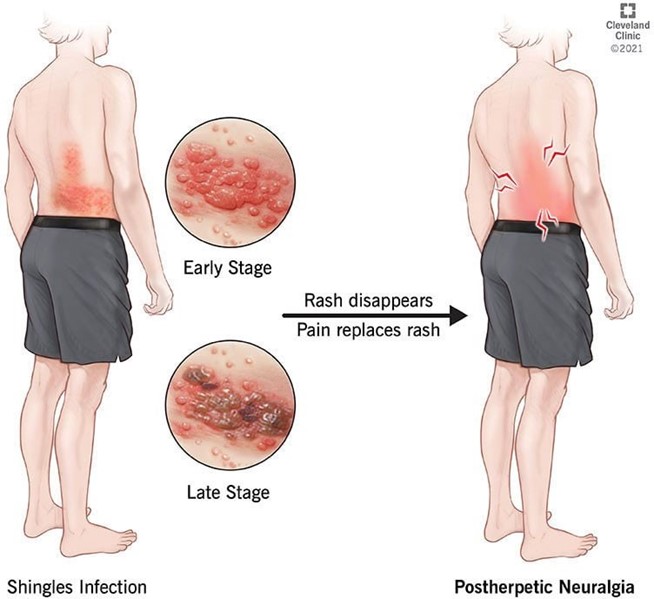The practical nurse (PN) believes that a prescription for a child is incorrect because the dosage prescribed is the usual adult dosage. Which action should the PN take?
Ask another nurse if adult dosages are ever given to children.
Call the healthcare provider and clarify the prescription.
Request verification of the prescription by the charge nurse.
Tell the pharmacy to send an accurate child's dosage.
The Correct Answer is B
Choice A rationale:
Asking another nurse about administering adult dosages to children may provide some insights, but it is not a reliable or definitive source of information. The PN should directly communicate with the healthcare provider who wrote the prescription to ensure accuracy and safety.
Choice B rationale:
Call the healthcare provider and clarify the prescription.
Choice C rationale:
While requesting verification from the charge nurse is reasonable, the charge nurse may not have the authority to change or clarify the prescription. The most appropriate action is to directly contact the healthcare provider responsible for the child's care.
Choice D rationale:
Telling the pharmacy to send an accurate child's dosage assumes that the pharmacy made an error, which may not be the case. The PN should confirm the prescription with the healthcare provider to avoid potential mistakes or misunderstandings.
Nursing Test Bank
Naxlex Comprehensive Predictor Exams
Related Questions
Correct Answer is A
Explanation
This is the best action for the PN to take because it provides immediate relief for the client's pain, which can be severe and debilitating in Herpes zoster. The PN should also assess the client's pain level, location, and characteristics and document the response to the medication.

B. Obtaining an oxygen tank for home administration is not indicated for this client and does not address his pain issue. Herpes zoster does not affect the respiratory system and does not cause hypoxia or dyspnea.
C. Giving the next prescribed dose of antiviral medication is not a priority for this client and may not have an immediate effect on his pain. Antiviral medication can help reduce the duration and severity of Herpes zoster, but it does not provide analgesia.
D. Notifying the nursing supervisor of uncontrolled pain is not a priority for this client and may delay his pain relief. The PN should notify the nursing supervisor only if the prescribed analgesic is ineffective or causes adverse effects.
Correct Answer is ["0.75"]
Explanation
To calculate the amount of mL to administer, the PN should use the following formula:
mL = (mcg x 1 mg/1000 mcg) / (mg/mL)
Plugging in the given values, we get:
mL = (150 x 1/1000) / (0.2)
mL = 0.15 / 0.2
mL = 0.75
Therefore, the PN should administer 0.75 mL of octreotide subcutaneously.

Whether you are a student looking to ace your exams or a practicing nurse seeking to enhance your expertise , our nursing education contents will empower you with the confidence and competence to make a difference in the lives of patients and become a respected leader in the healthcare field.
Visit Naxlex, invest in your future and unlock endless possibilities with our unparalleled nursing education contents today
Report Wrong Answer on the Current Question
Do you disagree with the answer? If yes, what is your expected answer? Explain.
Kindly be descriptive with the issue you are facing.
